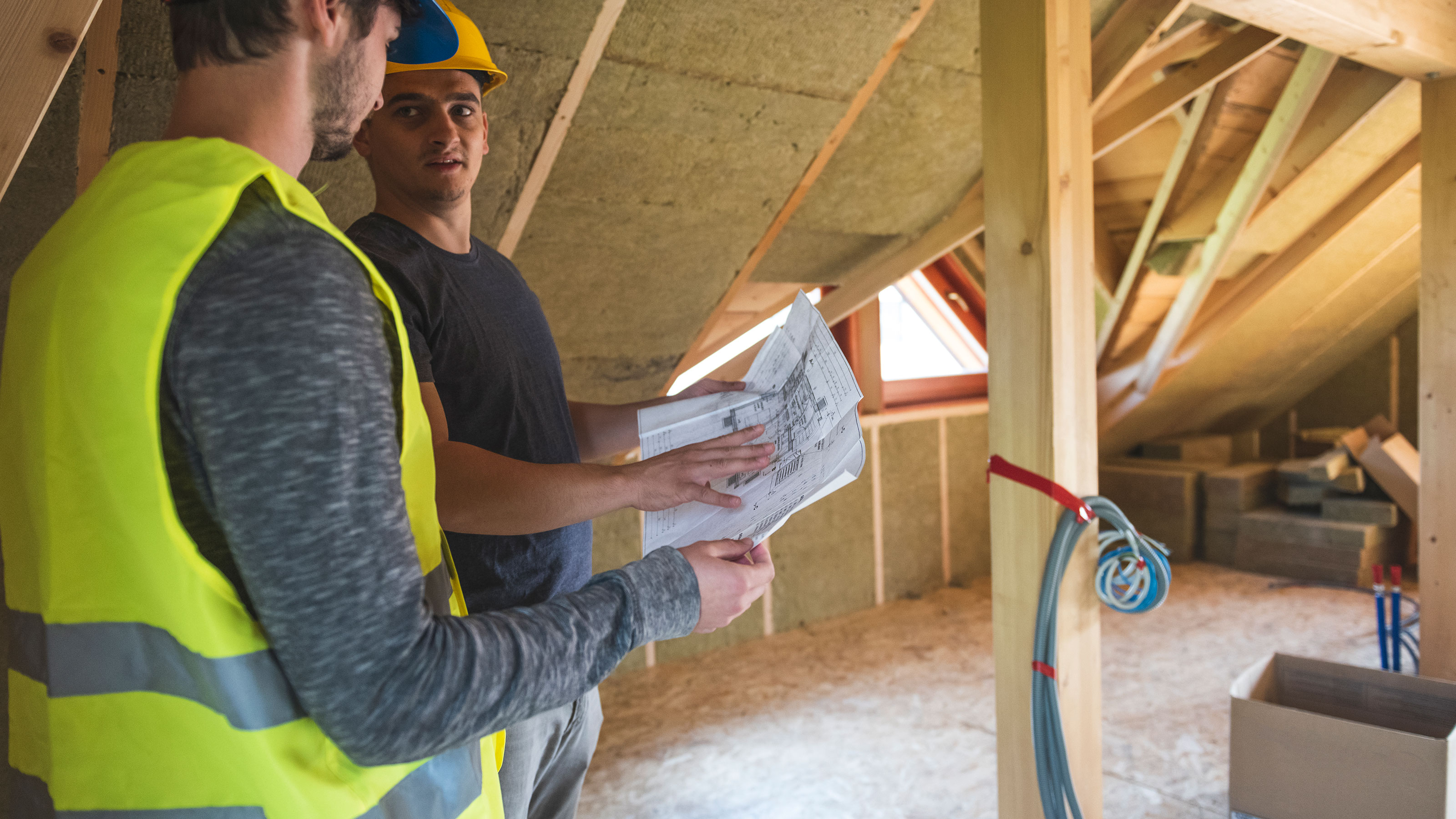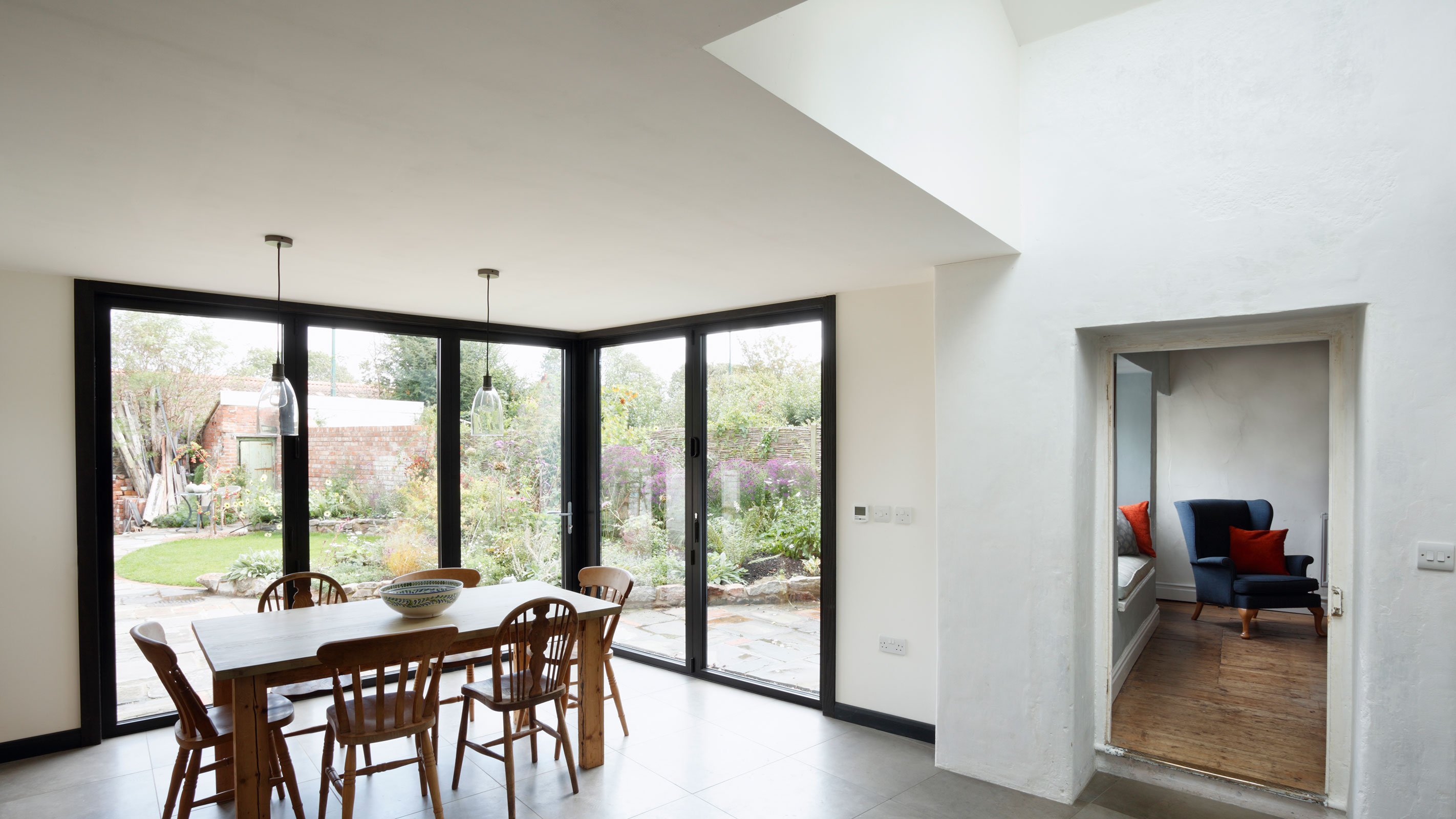What is a U-value and how are they calculated?
Just what is a U-value? With achieving the highest possible levels of sustainability and performance for our homes now more important than ever, understanding this term is vital for all homeowners

Despite it now being a common term, the question 'what is a U-value?' still has some people puzzling — but we are here to here, whether you are insulating a wall or build a new home from scratch, to explain all.
The thermal envelope of a home is made up of all the elements that separate the internal conditioned space from the external unconditioned air. This is primarily to protect us from the cold in the winter, but is also useful in protecting us from uncomfortable heat in the summer. The way that we measure the performance of each of the parts that make up this thermal envelope (roof, walls, floor, windows and doors) is with a measure called the U-value.
What is a U-value?
A U-value describes in W/m2.K (Watts per meter square kelvin) the ability of an element to transfer energy per degree of temperature difference either side of the element. Basically, a U-value measures how good or bad a component is at transmitting heat from inside to outside.
If you are searching for energy saving tips, what you really need to know is that, in short, the higher the U-value of a component, the more able it is to transfer energy and, therefore, the less good it is at separating the inside from the outside. So, the lower the number the better.
How are U-values calculated?
U-values are calculated using the thermal conductivity (lambda or K value) of each material in the construction; their thickness and also the thermal resistance of the external and internal surfaces of the construction. The lower the lambda value of a material, the better an insulator it is. Typical insulation has a lambda value of between 0.02 and 0.045.
You should also be taking into account elements that create repeating thermal bridges in the construction. These could be wall ties in cavity walls, or timber studs in frames. One of these on their own is normally inconsequential, but repeated over the whole surface can have a notable impact on performance.
What are the building regulations for U-values?
All elements that make up the thermal envelope are controlled under building regulations Part L. For the most part, if building a new home, you will be balancing the performance of all the building elements to meet a particular target SAP score. There are, however, limiting values that every element must achieve as a minimum.
Bring your dream home to life with expert advice, how to guides and design inspiration. Sign up for our newsletter and get two free tickets to a Homebuilding & Renovating Show near you.
If you’re working with an existing building you may take an 'elemental' approach to thermal performance, just ensuring you achieve a target U-value for each part of the thermal envelope.
What other things affect U-values?
The most important thing affecting U-values, apart from baseline regulations, is the 'form factor' of the building.
Form factor is the ratio of building envelope area to useable floor area. The higher this number, the less efficient the form is. The form factor has a direct relationship with the thickness of insulation needed in the floor, walls and roof to reach a particular performance for the overall building. A building with a form factor of 4 will need to achieve U-values roughly twice as good as a building with a form factor of 2. This will either mean roughly twice as much insulation or a more expensive, higher performing insulation product.

Where can you get a U-value calculation?
All insulation manufacturers can undertake a U-value calculation for a construction that includes their insulation product. This will also include a basic – but useful – condensation risk analysis.
Many architects also have tools available to them to undertake U-value calculations. As a practice we use the Passivhaus Planning Package (PHPP) for this and it means we have immediate feedback if we’re changing construction.
Window manufacturers will typically provide a whole window U-value for a nominal window with dimensions 1.48m high by 1.23m wide. A window is made up of a number of heat loss paths. The two main ones are the insulating performance of the frame and the glass. It’s rare for the frame to perform better than the glass. This means as a window gets smaller, the proportion of the window that comprises frame grows and the window becomes less efficient than the nominal window data. Conversely, a larger window will be more efficient.
Is the U-value the only useful tool for creating an efficient building?
Absolutely not. Really, it’s just the baseline data to input into a thermal model of your building. Doing a thermal model in PHPP or similar allows you to make holistic and well-informed decisions about the efficiency of your new home. You should start this early so you don’t design yourself into a high energy corner. If you do this, the U-value might actually need to be less stringent to meet the same energy and comfort goals.

Is an architect, the director of HEM Architects and a specialist in low energy design.
Architect Paul is the director of HEM Architects and a specialist in low-energy design. HEM Architects are well-versed in designing sustainable, energy-efficient new builds and extension schemes. He has also just completed an eco retrofit to his family home.
He taught the technology course for the MArch in Architecture at Sheffield University, and is a tutor for the Sustainable Architectural Studies Masters course.

